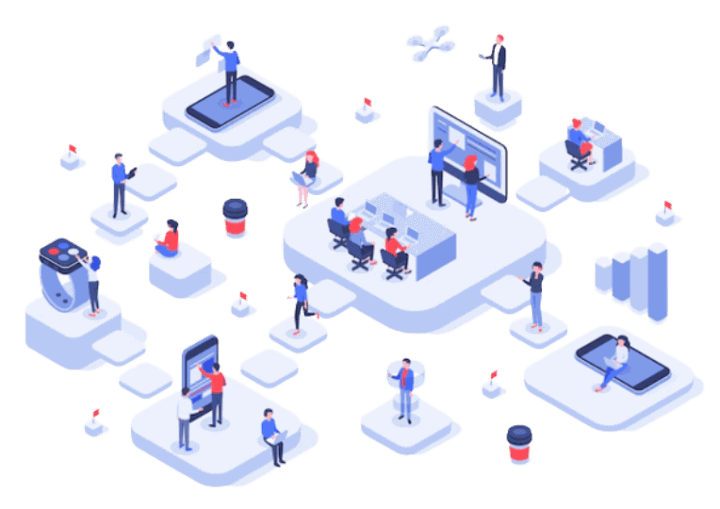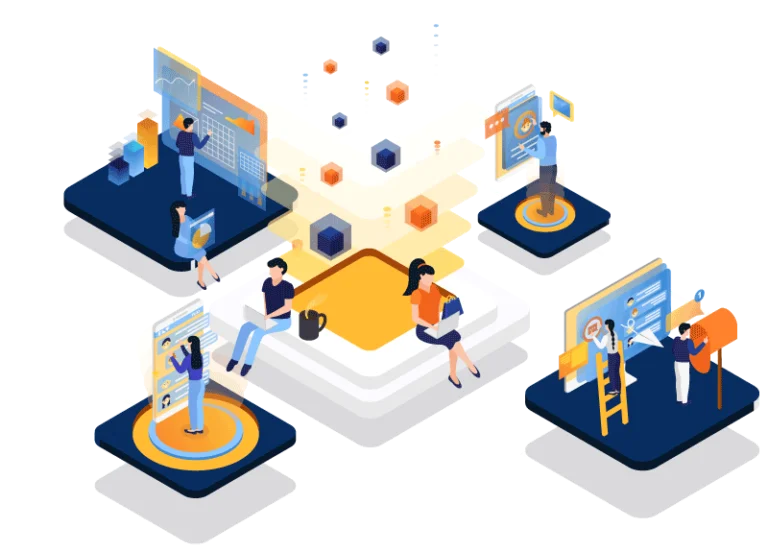Services
AMC/FMS Services
Lattim’s AMC (Annual Maintenance Contract) & FMS (Field Maintenance Services) are designed to keep your IT infrastructure running smoothly. Our expert team provides proactive support, quick troubleshooting, and routine maintenance to prevent downtime and optimize performance.




Keep Your IT Systems Running Smoothly with Lattim's AMC & FMS Services!
With Lattim's AMC & FMS services, you can ensure that your IT systems are always up and running. Our expert team provides regular maintenance, fast issue resolution, and continuous support to minimize downtime and enhance productivity. Stay ahead of technical glitches and let us handle the heavy lifting, so you can focus on growing your business.
IT Outsourcing Service
Lattim’s IT Outsourcing Services provide you with the expertise and resources you need, without the overhead. Our skilled professionals manage your IT needs, from infrastructure support to software development, allowing you to focus on your core business functions.
By outsourcing your IT operations to Lattim, you gain access to cutting-edge technologies, cost-effective solutions, and round-the-clock support. We tailor our services to fit your specific business goals, ensuring optimal efficiency, security, and scalability.
Let us handle your IT challenges while you drive innovation and growth.


Lattim FMS Service
Computer Facilities Management Services (FMS) involve the management and maintenance of IT infrastructure, systems, and services within organizations. These services are essential for ensuring the reliability, security, and performance of computer systems and networks. Here are some key components of Computer FMS:
Network Management
Monitoring and managing computer networks to ensure optimal performance, availability, and security. This includes tasks such as configuring network devices (routers, switches, firewalls), monitoring network traffic, troubleshooting connectivity issues, and implementing network security measures (e.g., firewalls)
Server Management
Managing server infrastructure, including physical and virtual servers, to support business applications and services. This involves tasks such as server provisioning, configuration management, performance monitoring, capacity planning, patch management, and backup/recovery procedures.
Desktop and Device Management
Managing desktop computers, laptops, mobile devices, and other endpoints used by employees. This includes tasks such as software deployment, patch management, antivirus/antimalware protection, device configuration, remote troubleshooting, and asset tracking.
Data Center Operations
Managing data center facilities, including server rooms, storage systems, cooling, and power distribution, to ensure uptime, reliability, and efficiency. This involves tasks such as equipment installation, maintenance, monitoring, and disaster recovery planning.
Data Backup and Recovery
Implementing backup and disaster recovery solutions to protect against data loss and ensure business continuity. This includes regular data backups, offsite storage, testing backup procedures, and developing recovery plans for different scenarios.
User Support and Helpdesk Services
Providing technical support to end-users for computer-related issues and inquiries. This includes responding to support tickets, troubleshooting hardware/software problems, providing user training.
Software and License Management
Managing software licenses, installations, updates, and usage to ensure compliance with licensing agreements and optimize software utilization. This includes tracking software assets, managing software inventories, and implementing software distribution systems.
Security Management
Implementing and managing security measures to protect computer systems, networks, and data from cyber threats. This includes tasks such as implementing security policies, conducting vulnerability assessments, managing access controls, monitoring security events, and responding to security incidents.
Cloud Services Management
Managing cloud-based services and infrastructure, such as infrastructure as a service (IaaS), platform as a service (PaaS), and software as a service (SaaS) offerings. This includes tasks such as provisioning resources, monitoring performance, managing subscriptions, and optimizing costs.
Need any help with the projects?

Subscribe email to get news & updates
Am fined rejoiced drawings so he elegance. Set lose dear upon had two its what seen held she sir how know.

